Global Warming: The Not So Silent Killer
Nowadays global warming is everywhere. Its effects are being felt across the globe, new technologies are being made to stop it increasing and new reports of the damages caused by global warming are coming in plentiful. Now, the major causes of global warming are burning of fossil fuels in vehicles and to produce electricity. The problems caused by cars are being solved by Electric vehicles or EVs.
But turning to EVs is not a good solution if all the electricity used is being made by burning fossil fuels and creating pollution. So, to decarbonise electricity, new renewable and non polluting sources have to be discovered. I have covered 5 of the many new renewable energy technologies in this post.
1. Wave Energy Converter (WEC) or Waveline Magnet
This is a revolutionary device developed by UK and Cyprus based R&D company Sea Wave Energy Limited. It has been developing a unique Wave Energy Converter also called "Waveline magnet". It is a Spine like device that floats on water and harnesses the power of waves in an affordable, low maintenance and climate-friendly alternative to traditional sources.
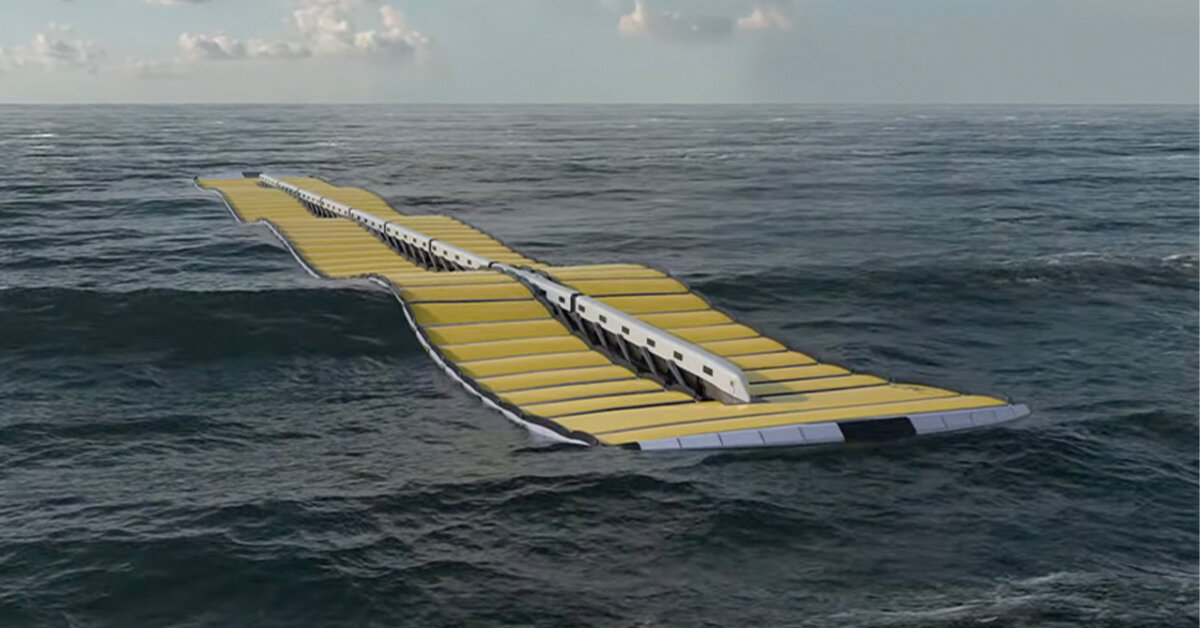 |
| Source: https://www.designboom.com/technology/sea-wave- energy-limited-waveline-magnet-floating-device |
Under the right conditions and forces, SWEL estimates that the power produced by a single WEC can reach 100 MW. Its in-field testing also suggests that the bigger the wave power, the more energy can be harnessed. ‘A raw mechanical power output down to 1p/kWh, crushing the wave industry reference value, putting the technology in its full capability on par with fossil fuels. SWEL claims that a single ‘Waveline Magnet’ device, scaled to suit the wave climate at EMEC, would satisfy more than the hub’s current grid-connection capabilities,’ shares the team.
2. Unéole Combines Wind and Solar Energy
A French startup, Unéole has developed a silent energy generating system that uses both solar and wind power to generate electricity. This incorporation of both types of energy generation gives 40% higher amount of electricity as compared to an all solar solution.
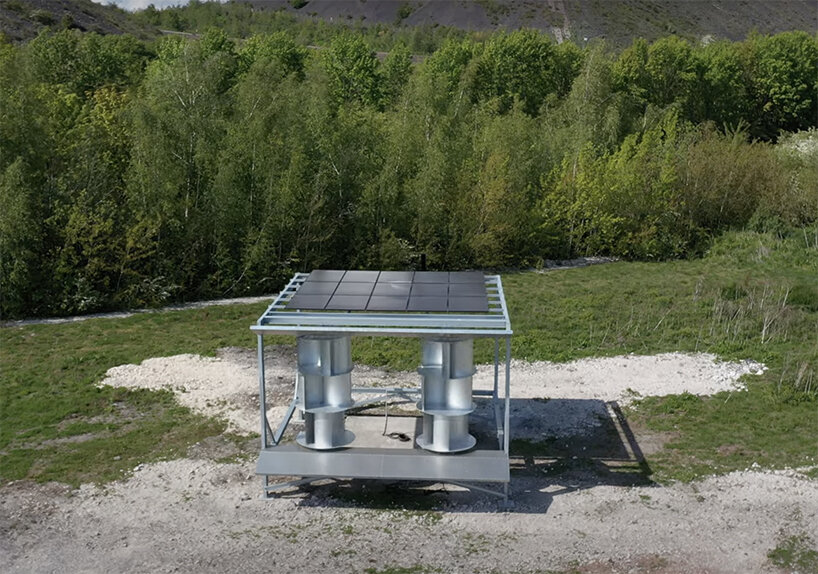 |
| Source: Designboom |
The French public agency CEREMA has also certified that the startup's wind turbines operate noiselessly without producing any harmful electromagnetic waves.
3. Offshore Floating Wind 'Seatwirls'
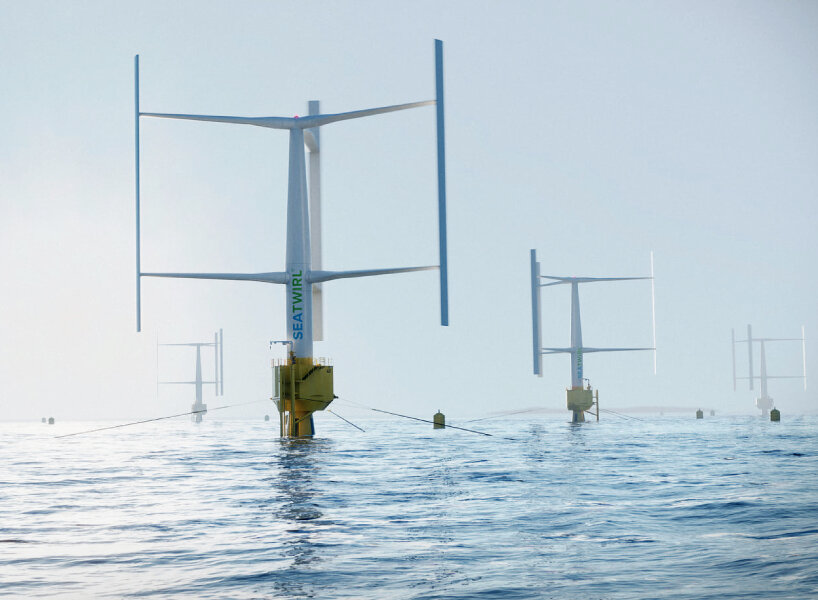 |
| Source: Designboom |
S1 is placed at a depth of 35 meters with a minimum of breakable moving parts, ‘which means less downtime and more output,’ as the company puts it. SeaTwirl also states that since it has a low center of gravity, its structure is stable, and the water supports the weight of the wind turbine which reduces stress on the bearings. From S1, the company is developing the 1 MW-rated capacity SeaTwirl S2x, predicted to be completed by 2023. S2x will be low-cost, less complex, and have less downtime since ‘it has few moving parts which mean more operative hours,’ the company states.
4. Lightyear 0 an EV that doesn't require charging
It is being predicted that be 2030, there will be 84 million EVs running on the roads of Europe alone. At this quick rate of increase, public EV charging plugs won't be able to keep up with the demand. The company Lightyear has recently introduced Lightyear 0 to the public, a solar car that implements the strategy of delivering more range with less battery, reducing weight and CO₂ emissions per vehicle.
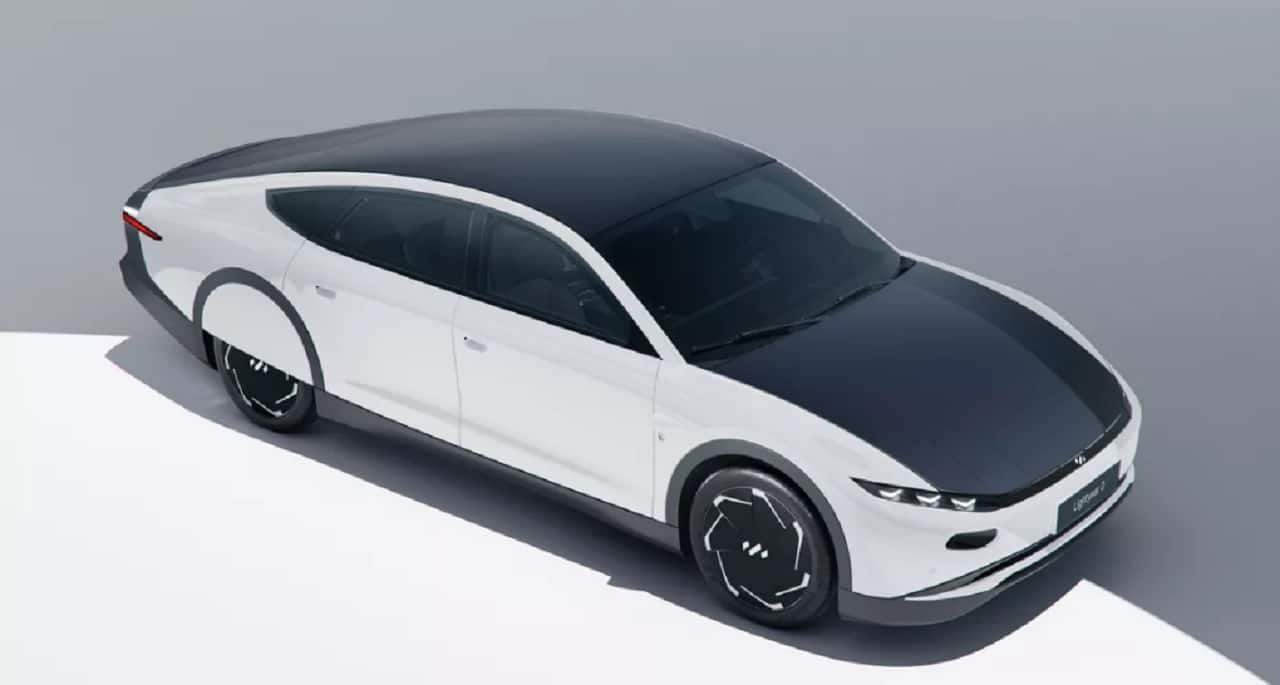 |
| Source: https://www.moneycontrol.com/news/photos/ automobile/in-pics-lightyear-0-the-worlds-first-production- ready-solar-car-8675841.html |
The company claims that its technology allows users to transform any power outlet across cities into a charging station, stating that even when the vehicle is plugged into a regular home socket, Lightyear 0 can still charge 32 kilometres of range per hour. ‘And for Lightyear 0, the range doesn’t start and finish with plugs and sockets. The sun is its source.’
Its outer body panels are also made from reclaimed carbon and residual carbon fiber materials that would otherwise go to waste.The vehicle also has a battery pack with a high energy density and a relatively low weight, a thermal integration system to re-use any residual heat, a chassis and frame made from aluminum and carbon fiber to reduce the car’s weight, and four independently controlled in-wheel motors.
5. Self cleaning Solar Panels
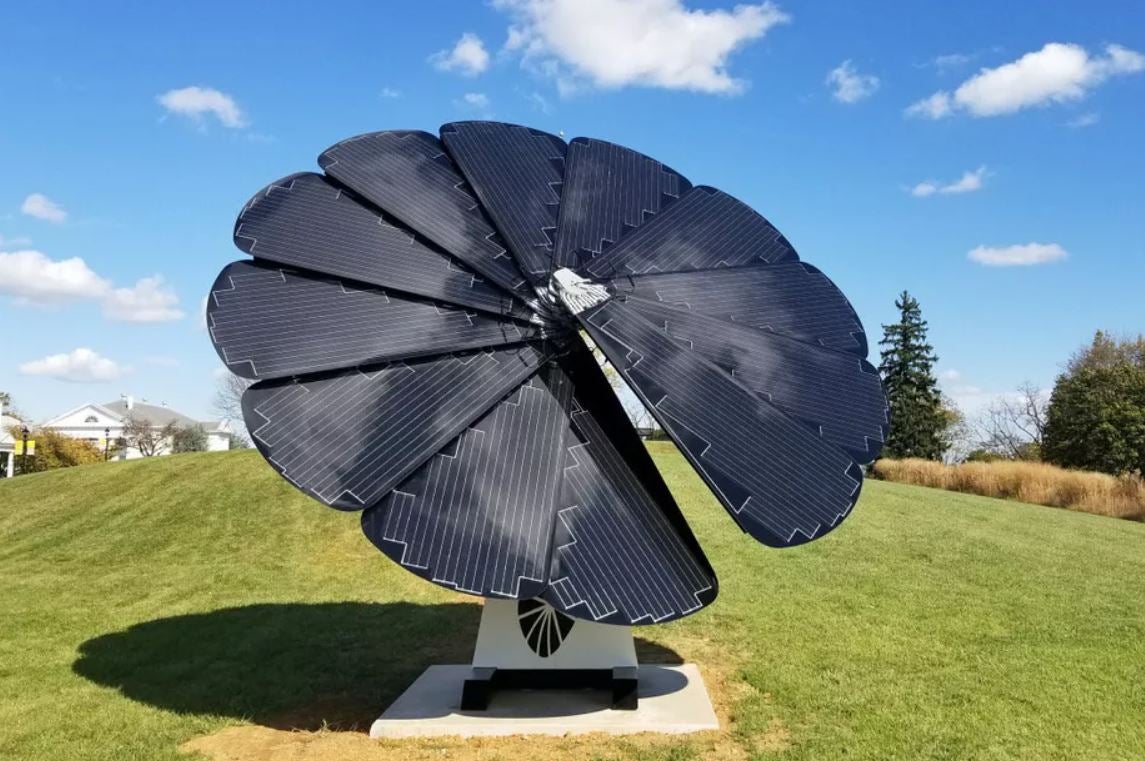 |
| Source: https://www.solarreviews.com/blog/solar-flower- smartflower-solar-tracker |
The company which shares its name with the product, prides on it being a source of clean energy along with looking fun and inconspicuous.
Smartflower is an all-in-one solution that is pre-assembled and can be set up in only a few hours. It comes with a single AC cable for household use and may be moved around as needed.
It's open airflow keeps it cool, and when the panels are folded up, the inbuilt brushes sweep away any sediment or debris that has gathered while it was operating. It also follows the sun like a sunflower all day long, generating up to 40% more power.
These solar panels created in the shape of sunflowers provide not just a renewable-energy solution, but also displays our relationship with nature. When its continuous monitoring system senses strong winds, its panels automatically close and clean themselves after a storm. Smartflower, according to the brand, will be safe in the event of a fire.
That is all for today. Look out for my next post to get info on more new climate technologies. Please follow and share our blog.
Regards,
Aarav Iyer
References:
(1) Designboom (Point 1.)
(2) Designboom (Point 4.)
(3) Designboom (Point 2.)
(4) Designboom (Point 3.)
(5) Designboom (Point 5.)
